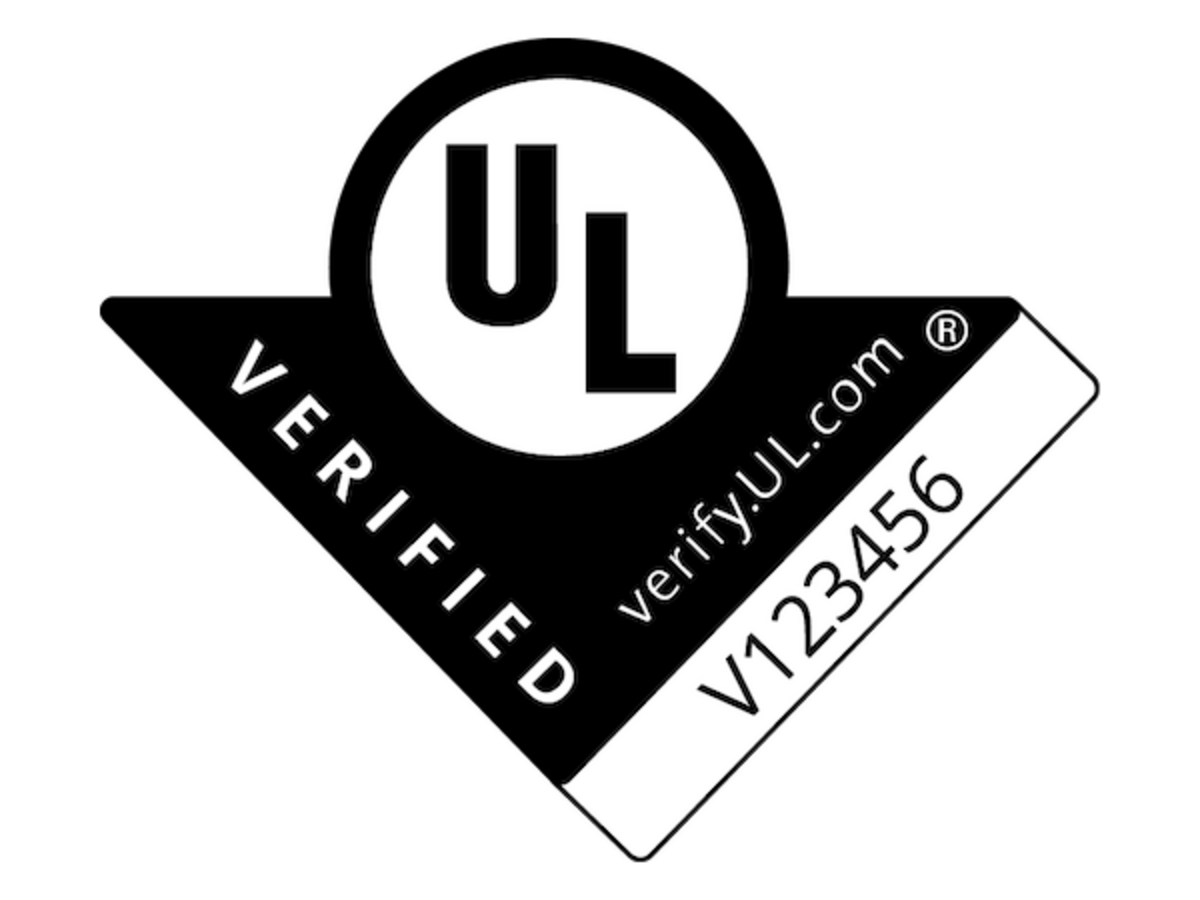
How to build trust in your textile brand
Objective marketing claims are critical to the decision-making process of buyers and consumers around the world. Our marketing claim Verifications help brands deliver trust to those looking to make tough buying decisions.

Not all brands are created equal, but it can sometimes seem that way to consumers. Our marketing claim Verification service helps companies demonstrate that the marketing and advertising claims they make are accurate, truthful and credible. In fact, we help you stand apart from products offering self-declared or unsubstantiated claims, to deliver confidence and peace of mind. That way, your customers and end users know that they’re getting what they’ve paid for.
Our marketing claim Verifications help you create instant credibility for your marketing and advertising claims. You can elevate your brand above competitors who self-declare their marketing claims, or fail to offer tangible proof of the benefits of their offering.
Using our marketing claim Verification service signals your commitment to rigorous, scientific third-party assessment of your marketing and advertising claims, and delivers reassurance to skeptical or first-time buyers considering your brand.
Through our marketing claim Verification service, we:
We deliver an objective assessment that confirms the accuracy of your marketing claims. Importantly, if you are introducing a new innovation or trying to stand out in a crowded marketplace, we can create a customized program to showcase unique claims regarding your offer. Our independent assessment process is backed by our deep technical expertise and integrity. And, our Verifications are based on scientifically sound, rigorous and repeatable methodologies aimed specifically at determining the validity of specific marketing and advertising statements. The UL Marketing Claim Verification Mark can be used on your products and in your marketing regarding your UL Verified claim.

How to build trust in your textile brand